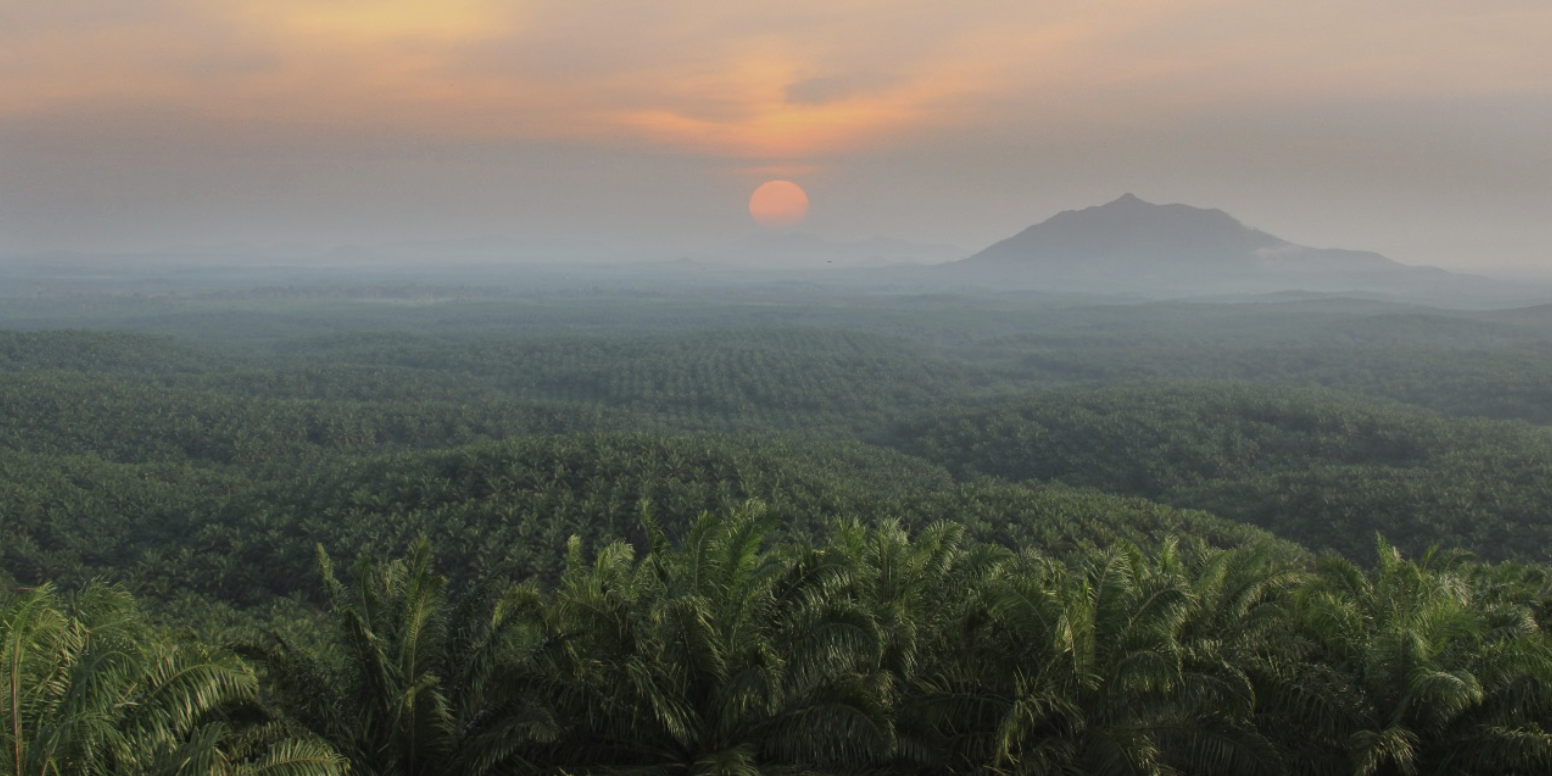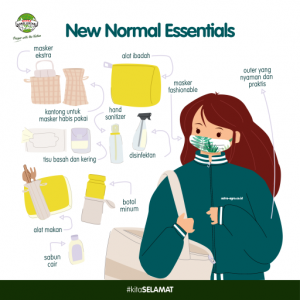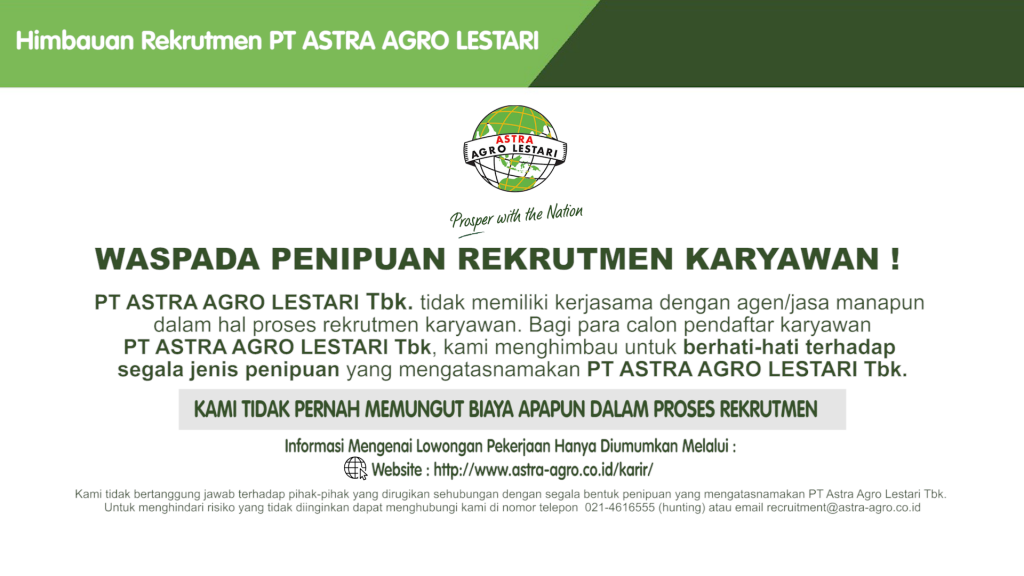The palm oil industry plays an active role in emissions management. Indonesia, as the largest producer of palm oil, absorbs 64.5 tons of carbon dioxide (CO2) per hectare.
According to the 2020-2022 National Leading Plantation Statistics data, Indonesia’s oil palm plantation area is 14.38 million hectares, which is calculated to absorb 927.5 million tons of CO2.
Maintaining business sustainability, PT Gunung Sejahtera Dua Indah and PT Gunung Sejahtera Yoli Makmur (PT GSDI-GSYM) companies engaged in oil palm plantations are committed to maintaining environmental balance by taking strategic steps, one of which is reducing greenhouse gas (GHG) emissions. Not only on emission absorption, PT GSDI-GSYM also reduces emissions through its business processes.
PT GSDI-GSYM Administrator Wanwan Adi Kurnia, through a release, revealed that suppression of the carbon footprint was carried out in several aspects of business operations, including the use of fertilizers and fuel.
Strategic steps are taken to support this program by reusing the remaining processed plant as raw material for organic fertilizer and renewable energy and increasing innovation and technology.
“The remaining processed fresh fruit bunches (FFB) are reused, both liquid and solid, used as raw material for organic fertilizer and also as fuel to reduce the use of fossil fuels as power plants that are commonly used. This is an alternative for renewable energy,” said Wanwan Adi Kurnia.
Three types of solid waste from palm oil mills (PKS) are shells, FFB fibers, and empty baskets. Shells and fibers are reused as fuel for boilers at PT GSDI-GSYM’s palm oil mill. Empty baskets, which are FFB stalks, are also composted and applied to oil palm trees as organic fertilizer.
Furthermore, liquid palm oil waste (LCKS), which is wastewater produced by PKS in processing crude palm oil, is used as organic fertilizer with the land application method to fertilize plants and increase oil palm productivity at PT GSDI-GSYM. This is done by building a wastewater treatment plant facility.
“Reusing the remaining processed products into the business process is a concrete step to reduce GHG carbon emissions. Not only that, we also encourage innovation in reducing the use of chemical fertilizers by creating an organic fertilizer called Astemic. The use of this fertilizer can reduce the use of chemical fertilizers by 25%,” said Wanwan Adi Kurnia.
He continued that Astemic organic fertilizer helps optimize nutrient absorption into oil palm plants to increase plant productivity and inhibit Ganoderma disease infections that often plague oil palm plants. Astemic is an organic fertilizer produced from soil microorganisms from oil palm plantations.
Source: Kalteng.co
Disclaimer
This article may contain copyrighted material, the use of which may not have been pre-authorized by the copyright owner. This material is made available for the purpose of giving information and knowledge. The material contained on the Astra Agro website distributed without profit. If you are interested in using copyrighted material from this material for any reason that goes beyond ‘fair use’, you must first obtain permission from the original source.










